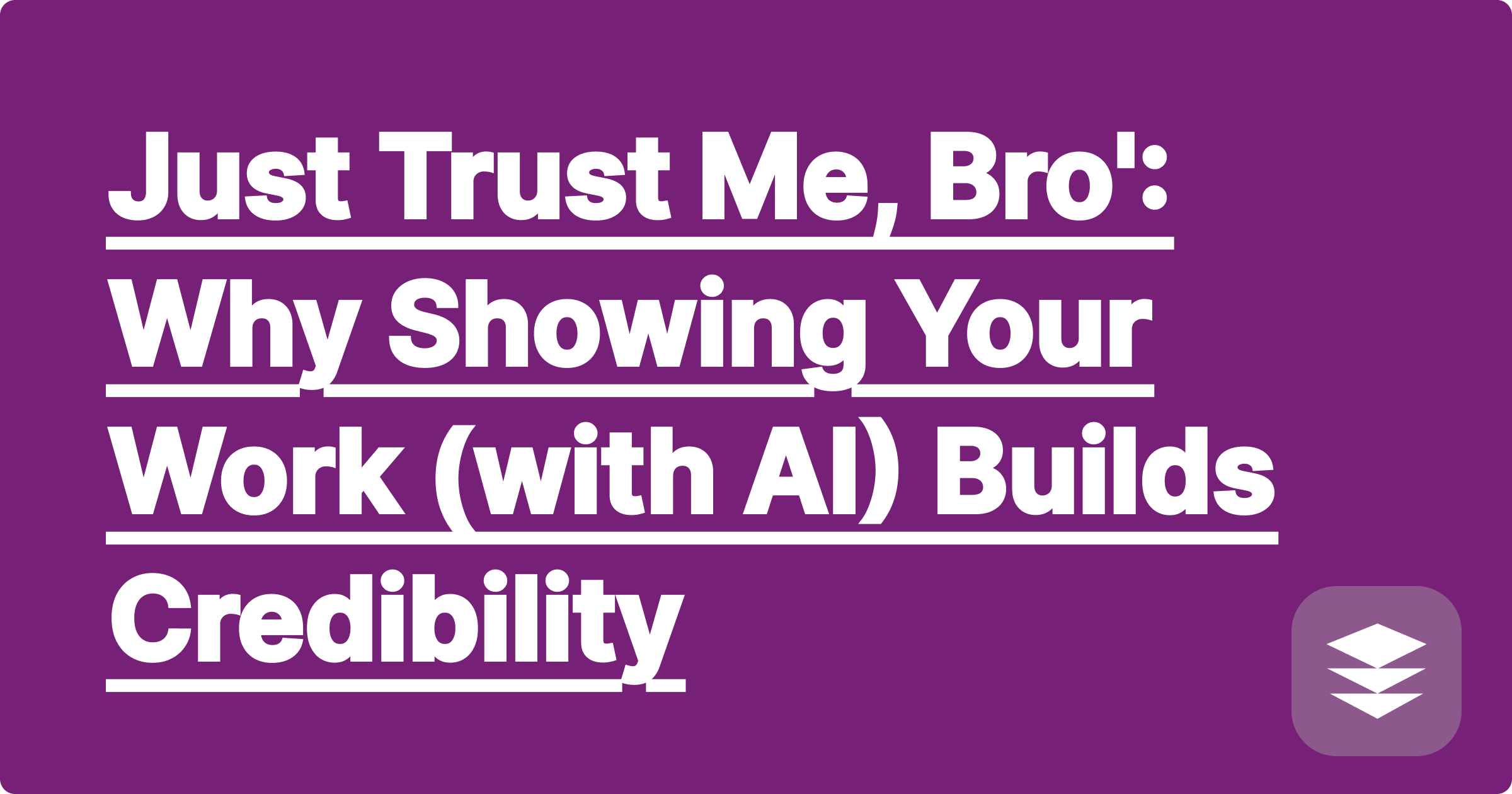
You're in a team meeting for your capstone project, or maybe your first internship. You present your final calculation for a critical component. Your project lead asks, "How did you get that number?" And you reply, "The software just gave it to me," or worse, "Just trust me, it's right." In the world of engineering and science, this is a death sentence for your credibility. A final answer, without the process that led to it, is practically useless. This is why the principle of showing your work builds trust.
The challenge is that many modern tools, from complex FEA software to even simple calculators, can feel like "black boxes." They take an input and produce an output, but the steps in between are hidden. If you can't explain the reasoning behind your result, your colleagues and your manager cannot trust it. This is where the concept of explainable ai (xai) becomes not just an academic idea, but a crucial career skill.
Explainable AI is the practice of designing AI systems that can explain their decisions or predictions to a human user. The GPAI Solver is built on this very principle. When it solves a problem, its primary value is not the final answer. Its primary value is the step-by-step path it provides to get to that answer. This feature is, in essence, a practical application of XAI.
Scenario: A Project Meeting
You can generate this entire explanation by simply copying the step-by-step output from your solver.
[Image: A professional-looking graphic showing a project manager asking "How did you get this?", and an engineer confidently pointing to a clean, step-by-step printout from the GPAI Solver. Alt-text: A visual explaining how showing your work with an AI solver builds trust.]
For every major calculation in a project, you should save the process. Use GPAI Cheatsheet as your project note taker.
Your ability to clearly explain your work is one of the most important "soft skills" you can develop. It demonstrates rigor, transparency, and a commitment to quality. It's how you build a reputation as a reliable and trustworthy engineer. By using an AI tool that inherently "shows its work," you are constantly practicing this critical skill.
A: As AI makes more and more critical decisions in fields like medicine and engineering, we need to be able to understand why it made a particular decision. If an AI diagnoses a disease, doctors need to know what factors it considered. This is crucial for trust, debugging, and ethical oversight. XAI is the field dedicated to opening up the AI "black box."
A: It's an excellent starting point. The best practice is to use the AI's step-by-step output as your foundation, and then add your own layer of commentary and insight. The AI provides the "what," and you provide the "so what."
In your academic and professional career, you will constantly be asked to justify your conclusions. Never be caught in a position where your only answer is "I don't know, the tool just told me so." Use tools that value transparency and explanation. Show your work, build trust, and become the person whose numbers everyone on the team relies on.
[Start building your credibility today. Use a solver that shows its work. Try GPAI now. Sign up for 100 free credits.]
Is 'Knowing' Obsolete? The Future of Education in the Age of AI
How AI Can Help Us Rediscover the 'Play' in Learning
Your Personal 'Anti-Bias' Assistant: Using AI to Challenge Your Own Assumptions
The Ethics of 'Perfect' Submissions: A Conversation About the 'Humanizer'
Beyond STEM: How an AI Solver Can Help with Philosophy and Logic Proofs
The 'Forgetting Curve' is Now Optional: How AI Creates Your External Memory
Can an AI Have a 'Eureka!' Moment? Exploring a Model's Inner Workings
From Information Scarcity to Abundance: A New Skillset is Required
Just Trust Me, Bro': Why Showing Your Work (with AI) Builds Credibility